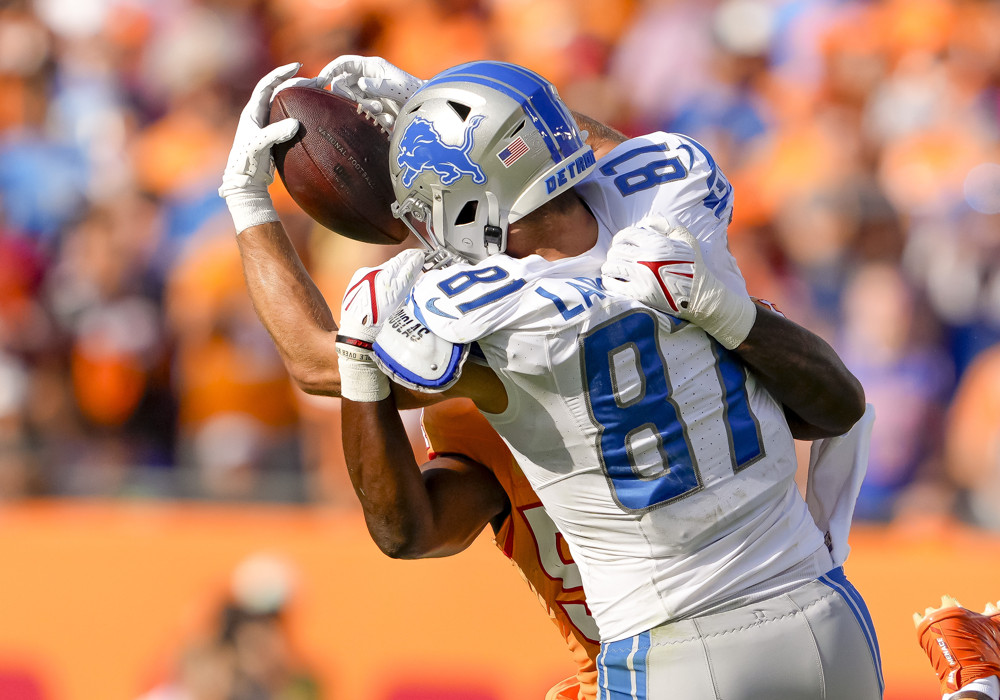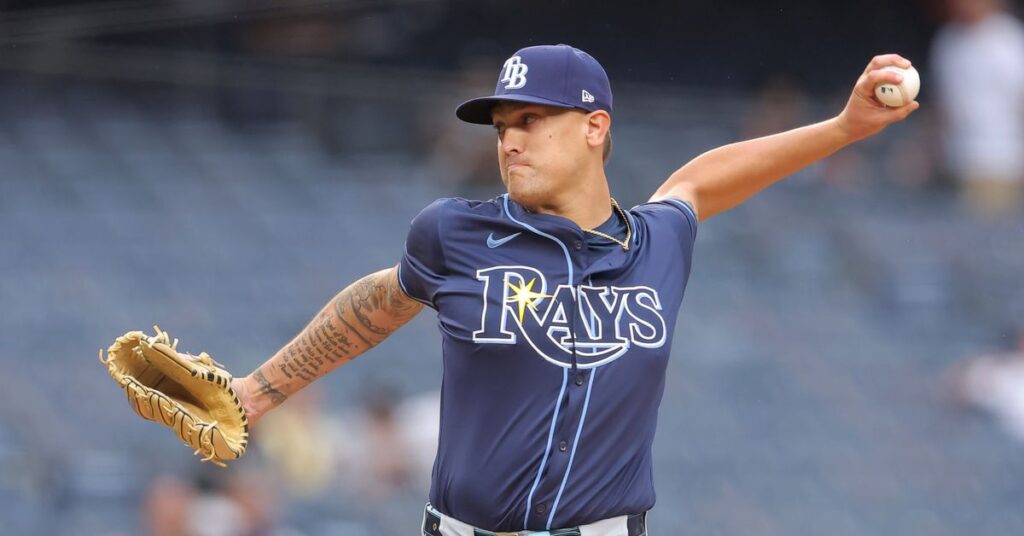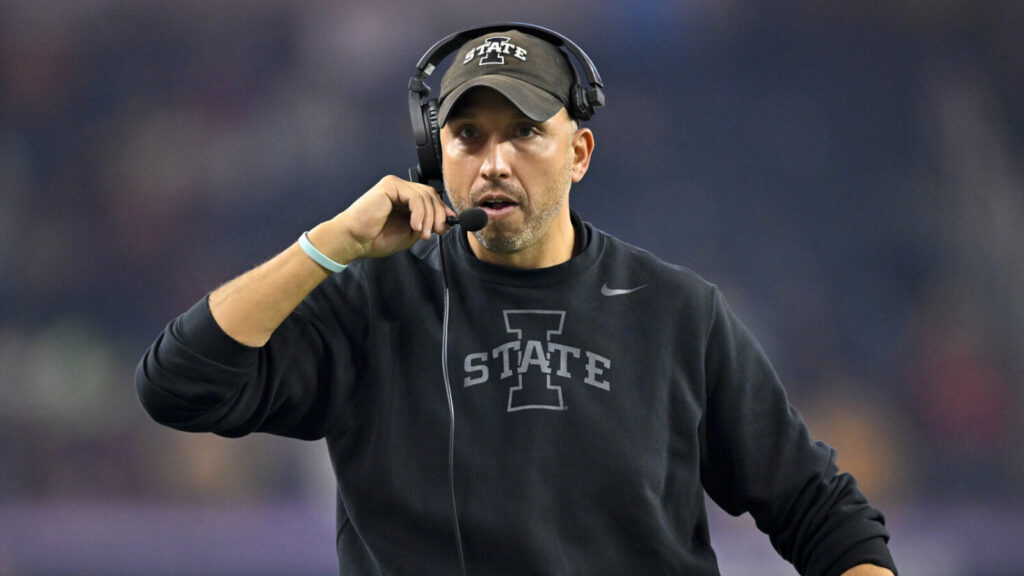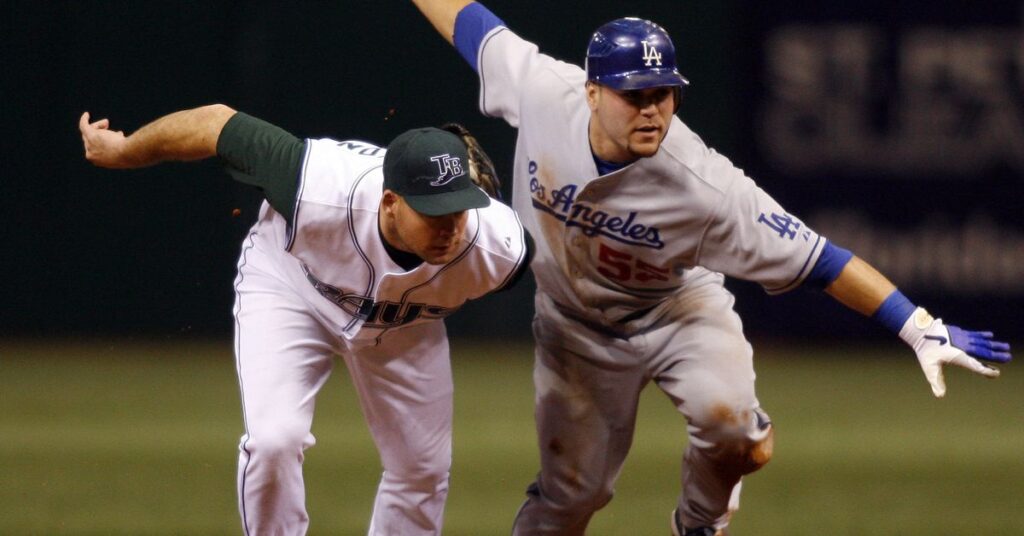By evaluating previous TE rookie production, we can help set realistic expectations for the 2025 NFL rookie class. We’ll examine trends from the past 10 NFL seasons (2015–2024) and draw insights into how rookies typically perform in their first year, breaking down the data position by position. Then, we’ll project how that might translate to this year’s promising TE rookie class.
Tight End | Historical Overview
- 144 TEs drafted
- 3 TEs have posted a TE1 season
- 12 TEs have posted TE2 or better numbers
- 117 TEs drafted after Round 3
- 0 TEs have averaged over 6 FPPG from Round 3 or later
| Year | Player | Fantasy Finish | FPPG | Games Played | Targets | Yards | TD | Snaps | WR1 | QB |
| 2023 | Sam LaPorta | 1 | 11.5 | 17 | 120 | 889 | 10 | 83% | Amon-Ra St.Brown | Jared Goff |
| 2024 | Brock Bowers | 2 | 12.2 | 17 | 153 | 1194 | 5 | 85% | Jaboki Meyers | Gardner Minshew |
| 2017 | Evan Engram | 4 | 9.4 | 15 | 115 | 722 | 6 | 77% | Sterling Shepard | Eli Manning |
| 2021 | Kyle Pitts | 13 | 8.4 | 17 | 110 | 1026 | 1 | 74% | Russell Gage | Matt Ryan |
| Average | 10.4 | 16.5 | 124.5 | 957.8 | 5.5 | 80% | ||||
| Year | Player | Fantasy Finish | FPPG | Games Played | Targets | Yards | TD | Snaps | WR1 | QB |
| 2023 | Dalton Kincaid | 15 | 7.1 | 16 | 91 | 673 | 2 | 63% | Stefon Diggs | Josh Allen |
| 2021 | Pat Freiermuth | 16 | 7.6 | 16 | 79 | 497 | 7 | 62% | Diontae Johnson | Ben Roethlisberger |
| 2016 | Hunter Henry | 17 | 7.5 | 15 | 53 | 478 | 8 | 42% | Tyrell Williams | Philip Rivers |
| 2017 | O.J. Howard | 18 | 6.3 | 14 | 39 | 432 | 6 | 65% | Mike Evans | Jamies Winston |
| 2022 | Greg Dulcich | 19 | 4 | 10 | 55 | 411 | 2 | 75% | Jerry Jeudy | Russell Wilson |
| 2018 | Chris Herndon | 21 | 5.9 | 16 | 56 | 502 | 4 | 62% | Chosen Anderson | Sam Darnold |
| 2017 | George Kittle | 22 | 5.7 | 15 | 63 | 515 | 2 | 57% | Marquise Goodwin | Jimmy Garoppolo |
| 2018 | Mark Andrews | 22 | 5.6 | 16 | 50 | 552 | 3 | 35% | John Brown | Joe Flacco |
| 2017 | David Njoku | 25 | 4.9 | 16 | 60 | 386 | 4 | 47% | Duke Johnson | DeShone Kizer |
| 2019 | Noah Fant | 25 | 5.7 | 16 | 66 | 562 | 3 | 68% | Courtland Sutton | Joe Flacco |
| Average | 6.0 | 15.0 | 61.2 | 500.8 | 4.1 | 58% |
As you can see from the table above, rookie tight ends producing at a high level is a rare occurrence. Over the past 10 years, only 14 rookie TEs are worth mentioning for their notable production and of those, only about 5 could truly be considered difference makers in fantasy football.
Looking at the elite rookie TE seasons, one common factor stands out: they were focal points of their offenses. The top 4 elite rookies saw over 100 targets in their debut seasons. After those 4, the next closest had 91 targets, followed by a sharp drop-off to 79. High target volume is essential.
Another consistent trend was snap share. These elite rookie TEs all played in at least 70% of their team’s offensive snaps, which indicates heavy involvement. The only exception who didn’t finish as a TE1 despite this snap share was Greg Dulcich, who only played 10 games due to injury.
Touchdowns are another differentiator. Rookie TEs generally don’t score many. Out of the 14, only 5 scored six or more touchdowns which seems to be the threshold for contributing 6+ fantasy points per game. That kind of scoring can be the difference between a fantasy streamer and a weekly starter.
Quarterback play is another important variable. Among the 14 rookies, 12 had traditional pocket passers under center. Only Dalton Kincaid and David Njoku played with mobile quarterbacks. Additionally, only two of these TEs had rookie quarterbacks throwing to them, casting doubt on the old cliché that a “rookie QB’s best friend is a tight end.”
Expectations for the 2025 Class
Not Enough to Go Around
The Chicago Bears selected tight end Colston Loveland with the 10th overall pick in the 2025 Draft, but expecting him to deliver elite fantasy numbers as a rookie may be unrealistic, especially considering the history of rookie tight ends struggling to make an immediate impact.
Loveland will have to compete in year one with Cole Kmet, who is likely to enter as the Bears’ starting tight end. Kmet’s presence likely prevents Loveland from securing a full-time role early on, making it difficult for him to approach a 70% snap share, as few elite TEs have done.
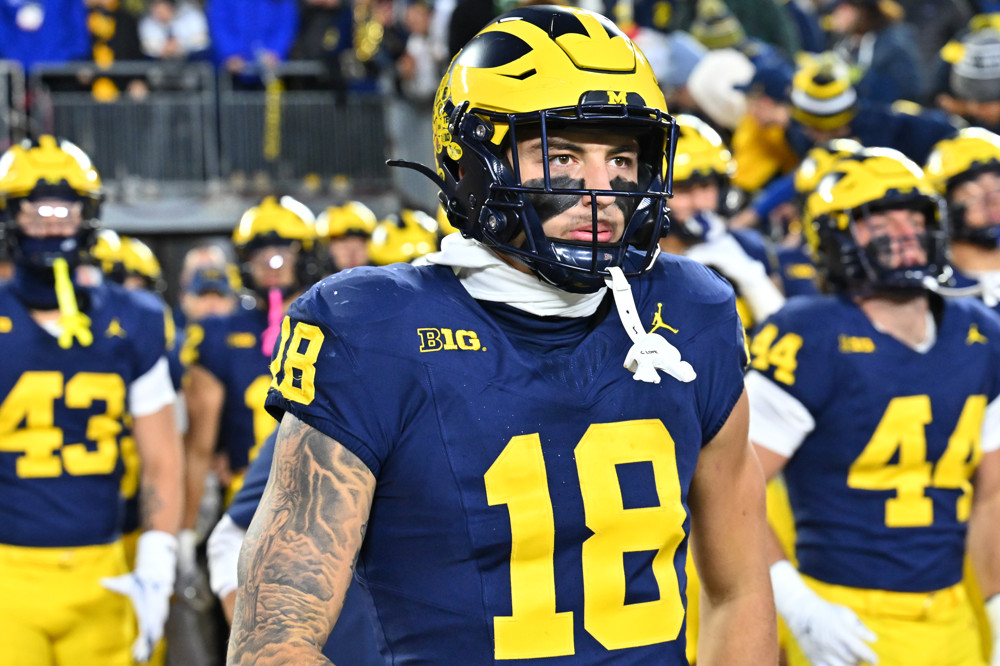
Additionally, Chicago’s offense features plenty of mouths to feed. Beyond the tight end room, the Bears’ trio of wide receivers is expected to play meaningful roles, along with D’Andre Swift, who will command targets out of the backfield. Loveland is entering a crowded situation with limited immediate volume upside.
While head coach Ben Johnson did help Sam LaPorta break the rookie tight end mold in Detroit, projecting similar success for Loveland in his first year is risky. Unless Loveland posts a surprisingly high touchdown total, his fantasy production will likely fall short of TE1 status in 2025.
Those drafting Loveland with hopes of an immediate breakout could be disappointed. His rookie ceiling is probably that of a mid-range TE2.
So You’re Saying There’s a Chance
Unlike Colston Loveland’s situation, Tyler Warren walks into a far more promising opportunity for immediate playing time. The Colts have dealt with a tight end rotation for years, but using premium draft capital on Warren signals an intent to establish him as the primary option. There’s a strong possibility Warren sees 70% or more of the offensive snaps as a rookie.

While Warren may get the volume, the quality of targets could be inconsistent. Anthony Richardson remains unpolished as a passer, and Daniel Jones has proven to be wildly inconsistent as a passer in the NFL. Last season, Richardson failed to target any tight end more than 4 times in a game, and none of them eclipsed 45 receiving yards.
Warren’s ceiling is a featured target, allowing him to post a rookie season similar to Dalton Kincaid‘s 2023 campaign (TE15 with 91 targets, 673 yards). On the other hand, a shaky quarterback situation could limit his fantasy relevance. If the Colts struggle to move the ball or spread targets too thin, Warren may end up as a borderline TE2/TE3, offering little consistency for fantasy managers.
Outside of Round 1 | TE Rookie Production
Big Pedigree in the Big Apple
If there’s a tight end outside of Round 1 with the best chance to produce in Year 1, it’s likely Mason Taylor. The former LSU standout lands in a favorable situation with the New York Jets.
Taylor has a strong path to immediate playing time. He could easily lead the Jets’ tight ends in snaps and surpass the 70% snap share threshold. Neither Jeremy Ruckert nor Stone Smartt poses a serious threat to his role or target share, making Taylor a sneaky candidate for early fantasy relevance.
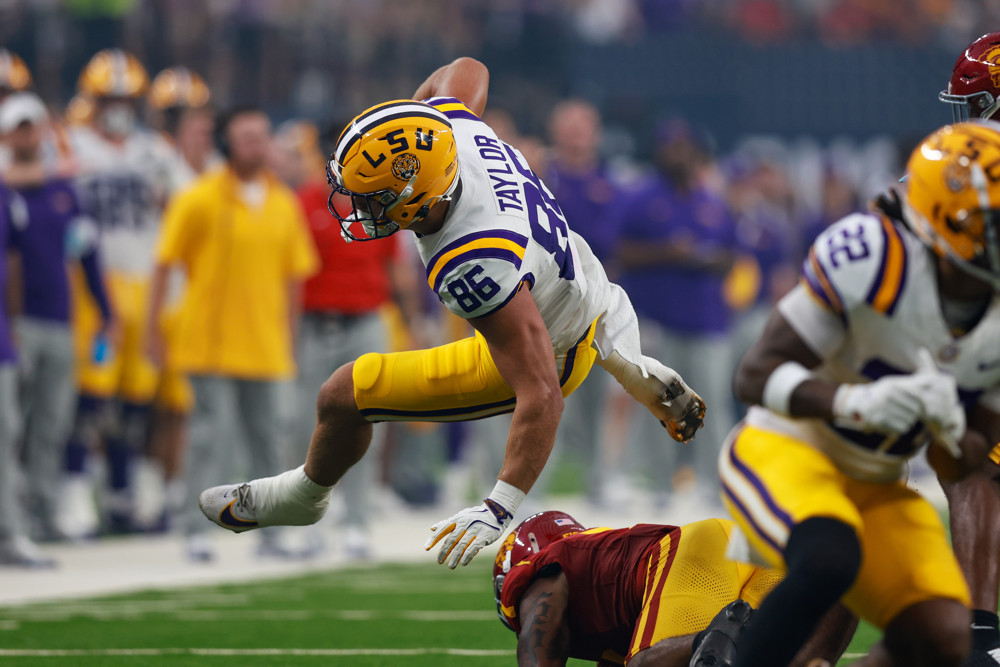
Even more encouraging, Taylor might compete for the No. 2 target role behind Garrett Wilson. The rest of the receiving corps features aging veterans like Josh Reynolds and Allen Lazard, leaving the door wide open for Taylor to emerge as a reliable secondary option.
There’s also reason for optimism when looking at Justin Fields’ track record with tight ends. During his time in Chicago, Fields leaned on Cole Kmet in two of three seasons:
- In 2022, Kmet had 90 targets
- In 2023, he led the team with 69 targets
While Fields is known as more of a mobile quarterback, he’s shown to lean on his tight ends. If that pattern continues in New York, Taylor could see at least 75 targets as a rookie, putting him squarely in the fantasy TE15 conversation.
Can Arroyo Move the Needle?
In recent news, the Seattle Seahawks have released Noah Fant, potentially opening the door for rookie Elijah Arroyo to become the team’s starting tight end. His primary competition is second-year TE A.J. Barner, who is a stronger blocker and could limit Arroyo’s early snap share.
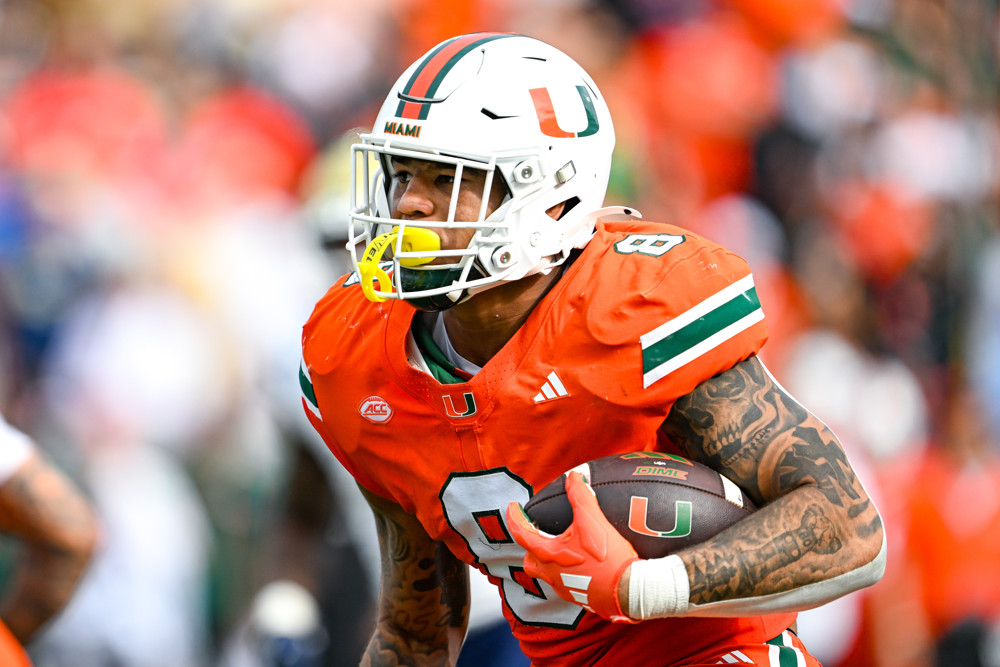
Arroyo is unlikely to reach elite fantasy status as a rookie. Barner’s blocking ability could keep Arroyo in more of a 50/50 role, splitting time rather than seeing a dominant snap share (75%+). Arroyo has clear upside as a pass-catching weapon. His talent is evident, but the key question is how the Seahawks plan to use him.
Hoping to See the Field
Don’t expect much of the other two rookie tight ends in Round 2 and 3.
- Terrance Ferguson – Interesting skill set for a tight end, but as long as this team is in win-now mode, expect Tyler Higbee to continue to be the guy.
- Harold Fannin Jr. – David Njoku is there for at least one more season. When Njoku is healthy, he is one of the best tight ends in football. Fannin is more of a long-term solution to their tight end room.
The Long Shot
There is only one tight end that could potentially be a diamond in the rough as a rookie, and that is Oronde Gadsden of the Los Angeles Chargers. Gadsden is making a lot of noise this offseason in the Chargers’ mini-camps and the start of training camp. His main competition is Tyler Conklin, who could potentially beat out the veteran, despite the veteran being a solid player in his career. The best any tight end has done outside of rounds 1 and 2 is TE21, so he is a long shot to say the least.
More than TE Rookie Production!
See what Steven Pintado discovered when he sifted through data of the last decade for the QB Position, RB Position and the WR Position for expected rookie production:


